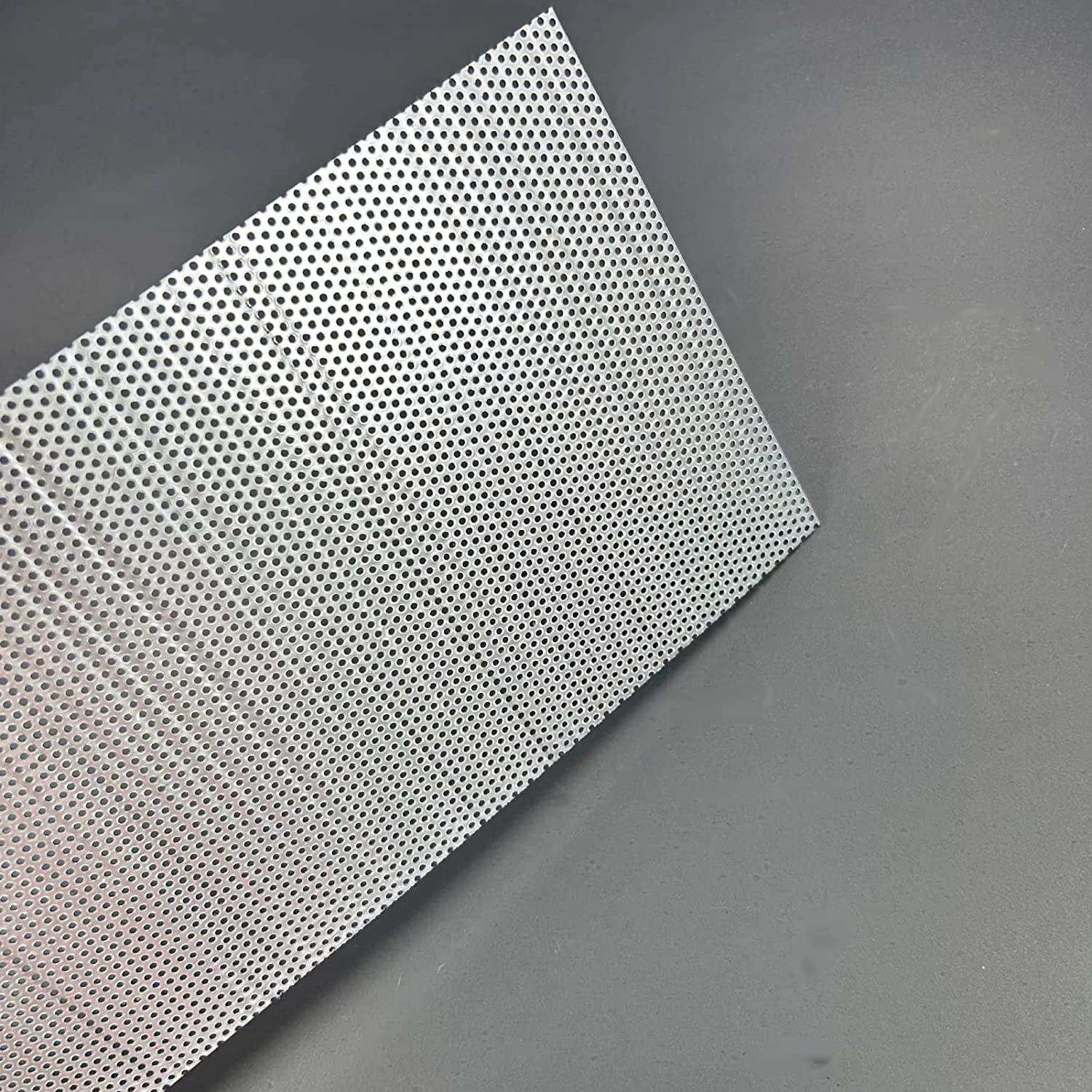Perforated metal mesh is a versatile material used in a wide range of applications, from architectural design to industrial filtration. The production process of perforated metal mesh involves several key steps to create a durable and functional product.
The first step in the production process is the selection of the base material. Perforated metal mesh can be made from various materials, including stainless steel, aluminum, and carbon steel. The choice of material depends on the specific requirements of the application, such as corrosion resistance, strength, and aesthetic appeal.
Once the base material is selected, it is then processed through a series of manufacturing techniques. The metal sheet is first cleaned and prepared for perforation to ensure a smooth and uniform surface. The next step involves the actual perforation of the metal sheet, which is typically done using specialized machinery. The perforation process involves punching or stamping the metal sheet with a pattern of holes in a precise arrangement and size.
After perforation, the metal sheet may undergo additional processes such as leveling, cutting, and edge finishing to meet the desired specifications. These processes help to ensure that the perforated metal mesh is of high quality and ready for its intended application.
Quality control is an essential part of the production process for perforated metal mesh. Each batch of perforated metal mesh is carefully inspected to ensure that it meets the required standards for hole size, open area, and overall quality. This helps to guarantee that the perforated metal mesh will perform as intended and meet the expectations of the end user.
In conclusion, the production process of perforated metal mesh involves careful selection of materials, precise perforation techniques, and thorough quality control measures. By following these steps, manufacturers can produce high-quality perforated metal mesh that meets the diverse needs of various industries and applications.
Post time: Jun-11-2024

